Using Comics to Tell Stories
This post may contain affiliate links.
written by Tim Smyth, reading specialist & teacher
As a reading specialist and high school social studies teacher for 20 years, I have found great success in integrating comics in the classroom. I work with students from pre-school through university level and have found that this medium is powerful for critical reading and writing skills, engagement, views into society, and so much more. My website, TeachingWithComics.com is completely free and includes many resources for educators in all levels and subjects, including the research showcasing the proven benefits of teaching with comics. For this article, however, I wanted to focus more on the creation of comics as a powerful method of storytelling in all subject areas. It is so vital to help students create, to share their own voice.
Using Comics to Tell Stories
Recently, I was asked to work with the US State Department in a global program teaching this very skill to educators and students around the world. One hurdle that we encountered was the “I am not a good artist” fear from students. Fortunately, I had an answer for this as I had already found success in my secondary classroom using an online comics creation tool called Pixton EDU (https://edu.pixton.com/educators/).

This tool immediately shattered the fear barrier and allowed students from all over the world to create their own original comics individually and collaboratively. Additionally, this program enhanced the work of the already amazing artists as well!
Students were able to produce original comics that were combinations of both hand-drawing and online creations. While there are several products like this available for online use, I have personally found Pixton to be the most user-friendly and exciting option. Other options I have used can be found here: https://www.historycomics.net/create-comics-1.
As educators around the globe come to grips with teaching more and more in a virtual setting, this method of creating comics allows for students to get excited about their lessons and to even work in a collaborative manner.
Lesson Ideas
The following are lessons that have worked in my own classroom:
Classroom Culture – Getting to know one another is especially challenging in virtual learning and Pixton has a fun and easy way to begin this process. Each student creates an individualized avatar which is then uploaded into a virtual class “photo” that allows each of their personalities to shine through.
Collaboration – Collaborate in-person, in a virtual classroom, or even by creating teams of students in classrooms around the world. In my classroom, we have partnered with students in other countries to create comics based on current issues. After reading the powerful March graphic novel trilogy, we research about a modern civil rights issue in the world and then begin designing a comic. Each group selects a different issue of their choosing. I have small groups in my class pair up with a small group in another country and create the comic together, online. With a resource like Pixton, it is relatively easy to create this comic together, even when in different time zones and areas in the world. Sometimes they create the entire comic together and other times, one group creates the beginning, and the other group completes the comic. Our discussion of civil rights with a global perspective became a much more powerful experience for my students. The comics medium allows students to have a unique experience and they cannot wait to share their creations.
Modern Fairytales – I have my students research fairytales and folktales from around the world, with a focus on how these stories have changed over time. We ask questions like, what do these stories say about each society? After their initial reading and research, students then create a modern tale and use Pixton to turn it into a comic. We present their comics in class and students vote on their favorite. Finally, we upload these class finalists and create a poll where the school community can view, enjoy, and vote on an overall winner. The power of comics is that the people who are voting are pulled into these stories in a meaningful and emotional way that would be too time-consuming otherwise. Asking people to take time out to read 20 prose stories is a heavy lift but asking them to read 20 comics is not only a quicker read, but also much more exciting with the illustrated element. We ask parents, administrators, and people from around the world to vote on these tales. Again, Pixton is a great fit for this lesson because it takes away the “art anxiety” and allows students to focus more on telling their stories. In many cases, Pixton takes much less time than creating comics by hand AND no special art tools are needed.
Language Learners – Comics naturally have reading scaffolding already built in! Students can more easily understand the meaning of text by pairing the words with images. Comics help eliminate many reading barriers and builds confidence in students who may be struggling to learn another language, and those who struggle with reading in general.
Science or Math concepts – Ask students to create a comic showcasing an original story around a difficult concept such as erosion or prime numbers. By creating their own stories, students become a part of the learning and take ownership of teaching one another. More than that, students won’t forget the concept after working through it while creating their comic!
Global Problem Solving – Students research an issue in their community – local, state, national, even global and create a comic not only explaining the issue, but also sharing theories of how to solve these issues. Create a superhero who could come in a save the day, but in a realistic manner.
Cultural Sharing – Create a national superhero from a student’s community, or from a country they are researching and presenting. What colors on the hero’s uniform would represent the nation? What accessories would they have on them to represent their culture? What powers would they have?
Regardless of your content or age group, there are so many wonderful ways to have students tell their own stories through comics, and I have found Pixton to be a powerful way to make this happen.
You can find me on social media @historycomics, online at TeachingWithComics.com, and on Facebook on the group page – Comic Book Teachers and my own page Teaching With Comics.
About Tim Smyth
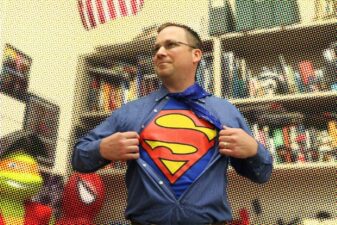
Tim Smyth, MS Reading Specialist, teaches social studies at Wissahickon High School in Pennsylvania. He also works with the US State Department in a global online exchange with educators and students on using comics to find their own voice and to solve global issues. Smyth has spoken about how he uses comics in his classroom at numerous educational and comic book conferences. He has also guest lectured at multiple universities and travels the country giving professional development on comics as engaging literature. Additionally, he also writes curriculum and teacher guides for multiple publishers. Smyth maintains a comprehensive website and blog on all things comics in education at TeachingWithComics.Com.
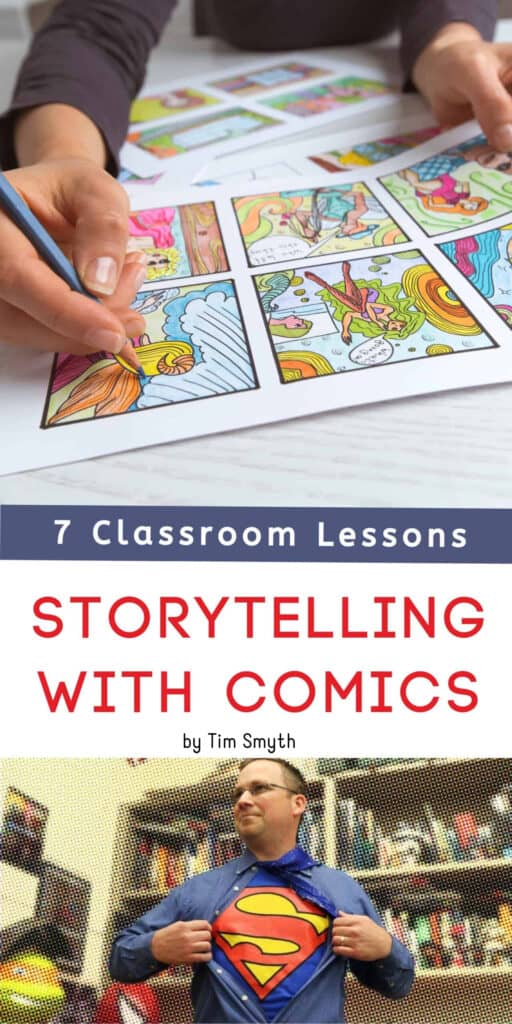
Also Read:
Graphic Novels That Kids Love to Read


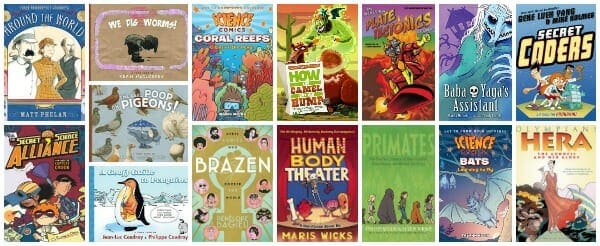
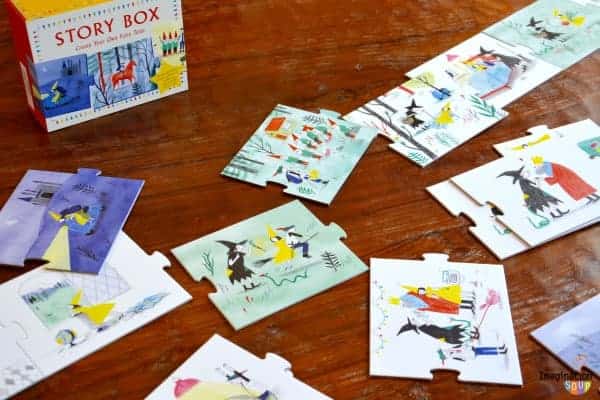

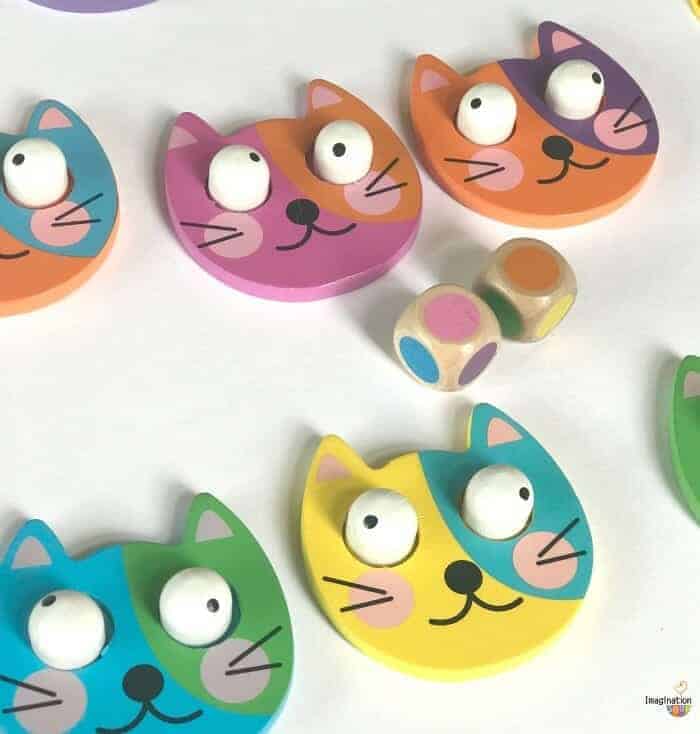
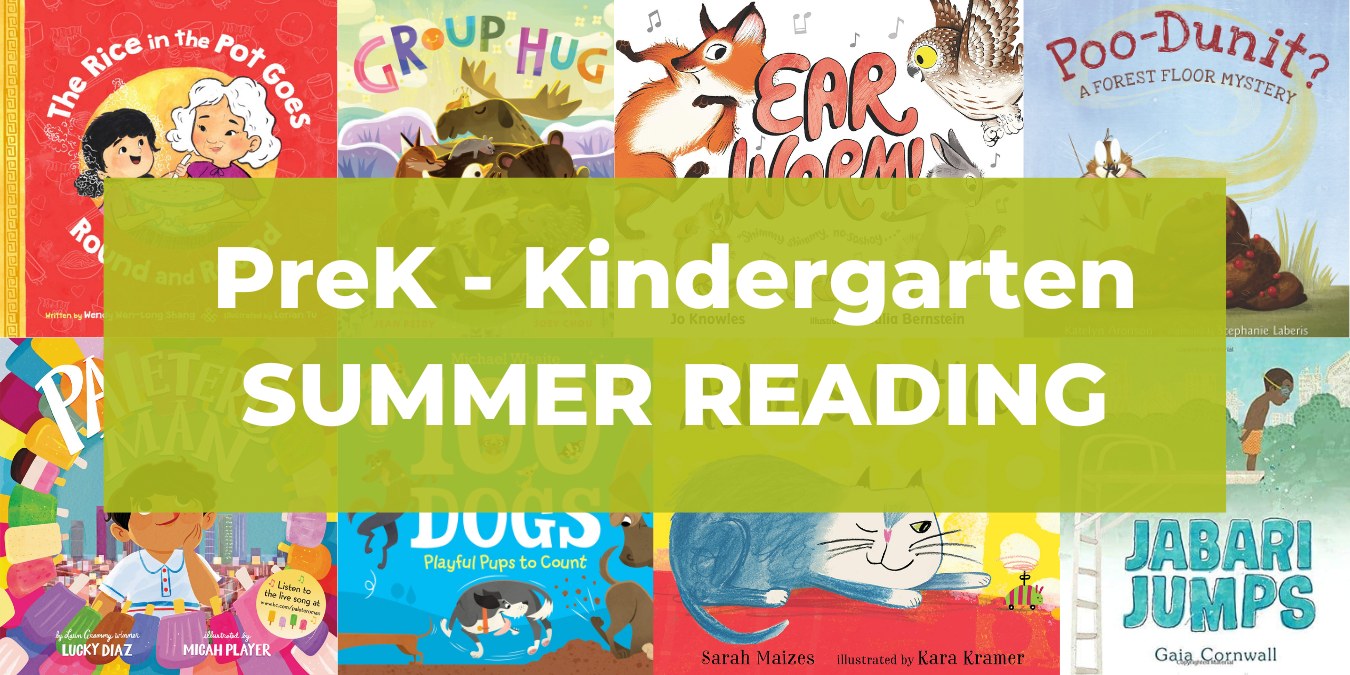
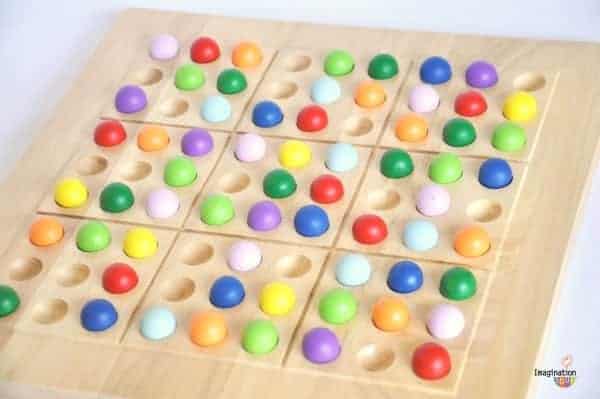
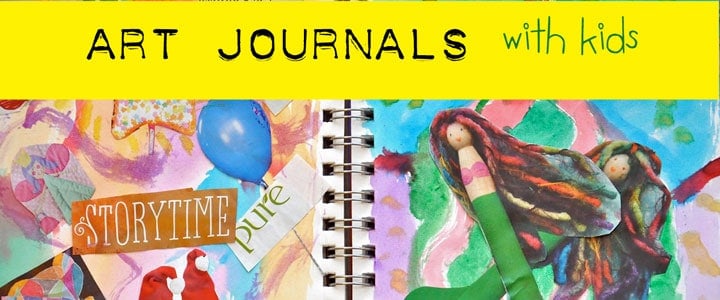

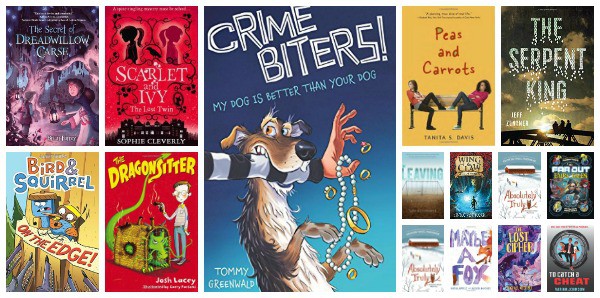
Comics are so fantastic for kids because they already have pictures with the words. My sons love comic books and are sick of the ones we already have this month. I will find a great place for independent comic books for them to read.
This is such a great idea, thank you! My son is going to love it.
I once read an article about the comic book phenomenon and it said that reading comics has even more cognitive development benefits because it engages multiple channels of perception in the process. And that it’s good for the development of children’s thinking.
I’m not a teacher, but I will find how I can apply this to home lessons with my son.
ooh, that article sounds spot-on! Not only do kids love comics but it’s teaching them skills like inference, sequencing, and so forth.